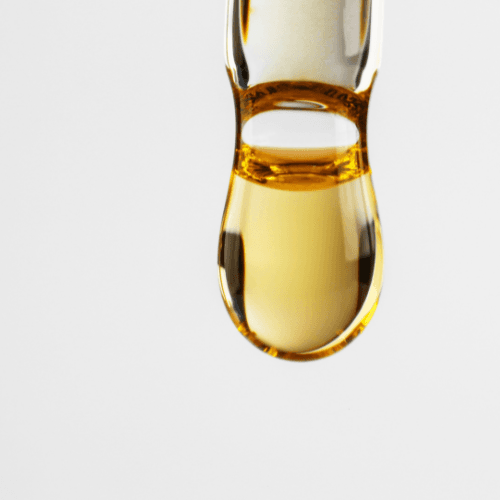
After proper harvesting, plant parts are transported to a facility, where the oil is extracted. No matter how carefully or expertly a plant is selected, cared for, and harvested, the quality of an essential oil can either be preserved or ruined during the extraction process. There are two main methods for extracting essential oils: distillation and expression. The main objective of each of these methods is to separate the essential oil from the plant part to make it a useable product. Distillation and expression are organic processes that allow aromatic compounds to be gently separated from the rest of the plant, while also preserving the potent and delicate chemical components of the essential oil.
Distillation
Distillation is the process of seperating the oil from the plant material using heat. During this process, distillers must be precise, paying careful attention to temperature, time of distillation, the amount of pressure used, and so on. Because of this attention to detail, it becomes almost an art form.

Sandalwood essential oil is created using steam distillation. The resulting steam extracts the oil from the plant. To retrieve the oil from the Hawaiian sandalwood tree, the outer layers of the wood are stripped away from the heartwood, or the wood located in the center of the tree. The heartwood is chipped into fine pieces, filtered, and then chipped even further to create incredibly fine pieces. The wood then undergoes a 36-hour steam distillation process, using high heat and pressure to extract the Sandalwood oil.

Because essential oils can be found in several areas of a plant, it’s important to use the correct plant part when preparing for distillation to ensure the proper aromatic compounds are distilled.
For example, the Coriandrum sativum plant produces two kinds of essential oils: Cilantro and Coriander. Cilantro oil is derived from the leaves of the plant, while Coriander oil is taken from the seeds. Cilantro and Coriander oils have a completely different chemical makeup,different properties, and varying benefits. Some oils require the distillation of the entire plant, while others simply come from a specific part, like the leaves, roots, bark, or flowers.
Pressing
The second oil extraction method, expression, is often called “cold-pressing.” This is because it doesn’t involve the use of heat. It’s frequently used for producing citrus essential oils like Lime, Lemon, and Tangerine. For example, Grapefruit essential oil is extracted from the peel of the grapefruit.


